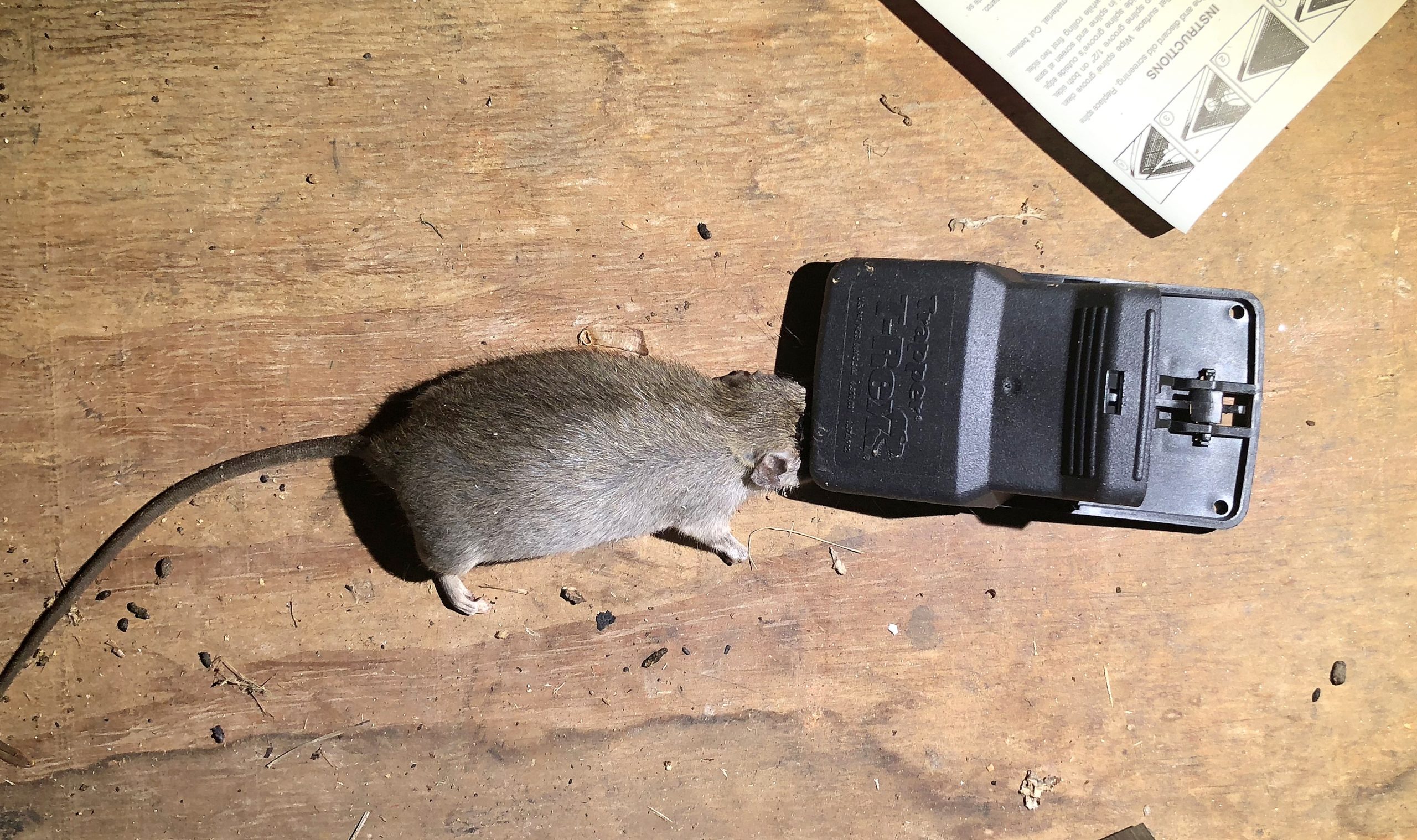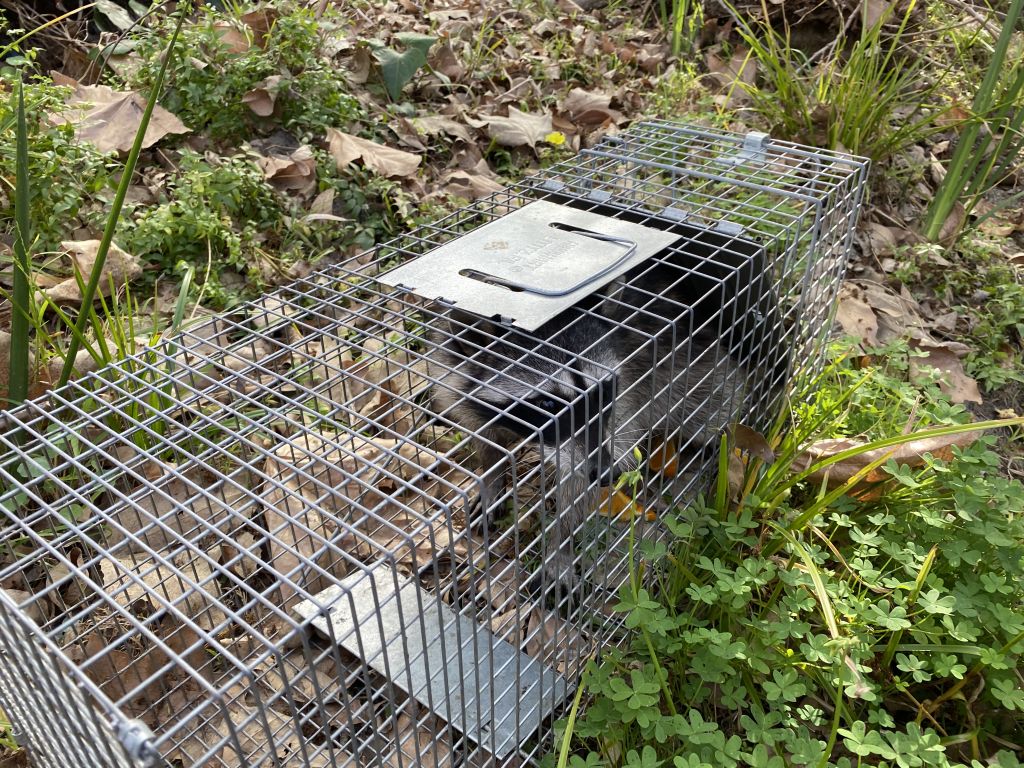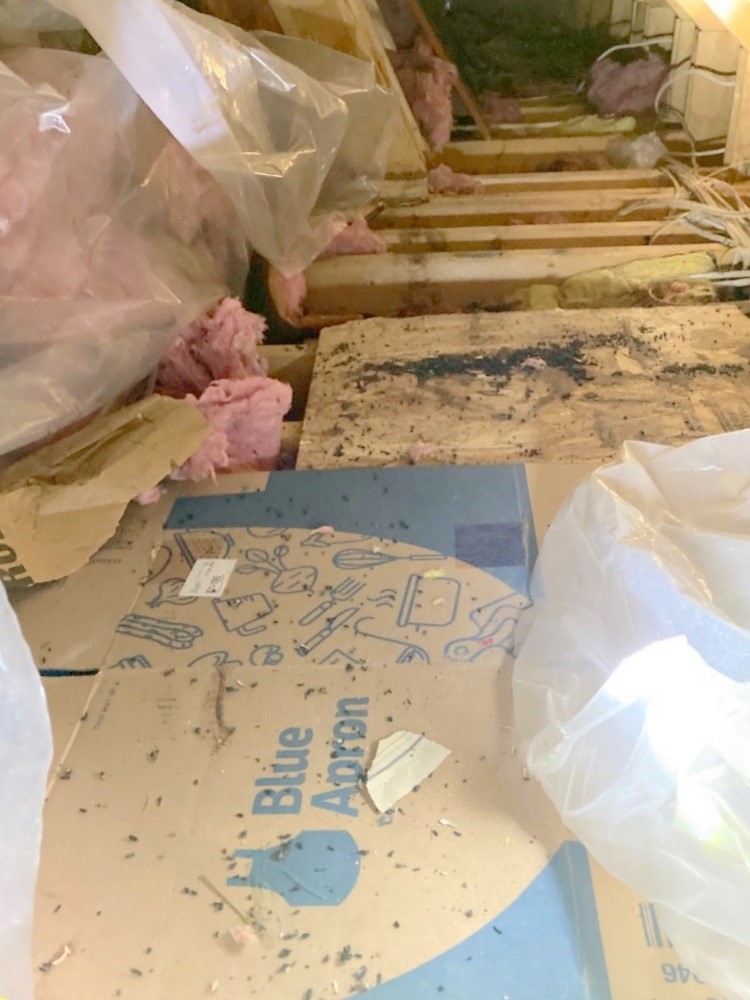Wildlife Removal New Hampshire

Call for Your Exclusive Wildlife Inspection Report.®
Attic Restoration, Cleanup and Sanitation
When animals reside in your attic, they can cause significant damage and pollute the entire area. Attic restoration is the process of bringing your attic back to the state it was before the animal infestation. It may include the repairing of electrical wires, damaged pipes, and air ducts, but it primarily involves the cleaning up of animal waste. Wildlife X Team New Hampshire specializes in attic restoration, cleanup, and sanitation and can help give new life to your attic.
Why is Attic Restoration Important?
Instinctively, it doesn’t make any sense to just allow animals to dwell, damage, and pollute the attic. But here are concrete reasons we recommend attic restoration, cleanup, and sanitation at Wildlife X Team New Hampshire:
- Getting Rid of Bad Odor
The droppings and urine of animals on the insulation and other parts of the attic gives off an appalling odor. When this fecal matter accumulates, the odor finds its way into the living space, mainly through the ventilation system, thereby reducing the overall air quality. A cleanup will help you breathe that fresh air once again.
- Avoidance of Other Animals
The sense of smell is important in the animal world. Different species use it to look for a mate and may be drawn to an attic with the scent of a potential mate. Animals like snakes prey on rodents and are drawn by their scent. So, they might pay a visit to your attic if it smells like a rodent.
- Ensuring a Healthy Environment
Different wildlife is associated with a plethora of zoonotic diseases. Many of these diseases are easily transmitted from their fecal matter. For instance, inhaling bat droppings (guano) is known to cause histoplasmosis, a lung infection that can become life-threatening if it becomes severe. Hantavirus pulmonary syndrome (HPS) is a serious respiratory disease that’s transmitted through the urine, droppings, or saliva of rodents. Droppings and urine of animals also serve as hotspots for other diseases like Leptospirosis, hookworm, raccoon roundworm, Cryptosporidiodis, among many others. Thorough remediation of your attic will help eliminate all of these health risks.
- Repair of Damaged Materials
Many animals in the attic tear apart the insulation. This leads to a reduction in heating efficiency which increases your energy bills. Rodents like rats, mice, and squirrels chew on wooden structures, which reduces the structural integrity of the building. These nuisance critters also chew on electrical wires which exposes your house to the risk of fire. Raccoons may damage roof tiles, which may result in leakage that accelerates roof damage. Part of attic restoration is reversing all of the damages caused by wild animals, and Wildlife X Team New Hampshire can help you with that.
Cost of Attic Remediation
Although the price for attic restoration, cleanup, and sanitation is charged per square foot, the amount you’ll pay is highly dependent on several factors like the extent of pollution. If you deal with your infestation problem in a timely manner, the number of droppings that need to be removed will be minimal, and can easily be picked up. However, imagine you have a large colony of bats that have been living in your attic for years. A large amount of guano (bat droppings) will have completely soiled the insulation. If that’s the case, you’ll have to replace it, which can cost thousands of dollars.
That’s why a full inspection of your attic is necessary to determine the extent of damage and the amount of repair work needed. Professionals at Wildlife X Team New Hampshire can help inspect your attic and give you a quote for cleanup.
Get Quote for Your Exclusive Wildlife Inspection Report.®


Why Wildlife X Team New Hampshire
We specialize in cleaning and decontaminating attics that have been damaged and infested by raccoons, bats, rats, mice, squirrels, birds, and other animals. Our team of experts is highly trained with the goal of restoring your attic to an even better condition than it was before the infestation.
Our process involves a full inspection of your attic to determine the extent of damage/pollution done and the amount of repair work needed.
We then vacuum the small feces and remove larger feces by hand (of course, while wearing gloves). For decontamination, we make use of a special enzyme-based cleaner to break down and neutralize the organic waste. We then use an electric atomizer sprayer to fog your attic with a fine mist.
The final stage in our process is the repair of damaged items. This may mean the replacement of the insulation. It may also include adding ventilation components such as roof vents and soffit vents. Destroyed electrical wires and pipes will also be fixed.
Contact us today if you live in New Hampshire for full-scale attic remediation!

5 Most Common Attic Animals
At Wildlife X Team New Hampshire, we’re often called upon to remove bothersome animals from properties all across New Hampshire and the surrounding areas. Here is a great resource to learn more about animals in the attic at animalatticpest.com. And one of the things we’ve found, in our years doing this, it’s that these animals tend to flock to attics, largely because the attic is a room that’s less populated than the rest of the home. Let’s face it, it’s not likely to find a squirrel scrounging around the living room, where it’s likely to be discovered and killed, is it?
So what are the most common animals we find in attics?
Squirrels
Since we’ve already mentioned them, let’s start with squirrels. These adorable little furries are the most common animal we’ve found in attics, during our work at Wildlife X Team New Hampshire.
Squirrels are excellent climbers, which means they’ve got no trouble reaching the roof, either by scaling the house or climbing in from an adjacent tree. And while it’s tempting to get all mushy at the sight of them, squirrels are dangerous house guests. Given their habit of chewing everything, squirrels can cause quite a serious amount of structural damage, and even chew through your electrical wires, which may in time lead to explosions or fires.
Rats (and mice)
Rats and rodents, in general, enjoy life near humans, which is why they’re so common in urban areas. Think about it – your home is probably an ideal source of shelter and food for these rodents, so why not move in?
And given rats’ insane adaptability, it’s quite likely that they’ll fit through any hole you’ve got lying around. And once inside your attic, they’ll drive you mad with their constant squeaking, or else pass on some gnarly disease, all the while damaging your property.
Bats
Ah, who knows how many homes we’ve seen at Wildlife X Team New Hampshire that had a colony of bats just living in the attic? The truth is, bats love attics, for the obvious reasons – they’re dark, they’re quiet, and they can get easy access. Bats will be flying in and out a lot, to search for food, so they need a place in the home they can get in and out of easily.
The problem with bats, of course, is that aside from the many diseases they carry, they also leave behind corrosive droppings (also known as guano), which can in time seriously damage your property.

Raccoons
Raccoons are another animal you need to worry about when it comes to attic dwellers. Why? Because first of all, a raccoon is an excellent, lifelong climber, who’ll gladly scale your home to get to the attic. And if they can’t get in, don’t you worry – they’re ready to pry off the shingles on your roof if only to get inside.
That’s right, raccoons are determined little animals that once inside, will trample and destroy anything and everything you’ve got lying about up there, including insulation, wires, and whatnot. So it’s best if you keep them at a safe distance!
Snakes
You probably didn’t expect this one. We tend to associate snakes with crawling and so earthbound dwellings. But you’d be surprised how many snakes our Wildlife X Team New Hampshire professionals have seen. Truth is, they can easily get into the attic from a nearby tree.
If you’re worried you may have snakes inside your attic, your best bet would be to look for shredded skins. And of course, whichever animal you fear has entered your attic, tread with caution! You don’t want to get bitten or attacked, and risk infection with potentially life-threatening diseases! So when you suspect you’ve got attic visitors, your best bet would be to give Wildlife X Team New Hampshire a call!

Call for Your Exclusive Wildlife Inspection Report.®


